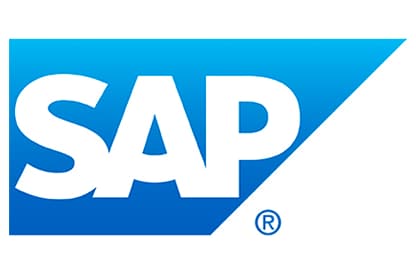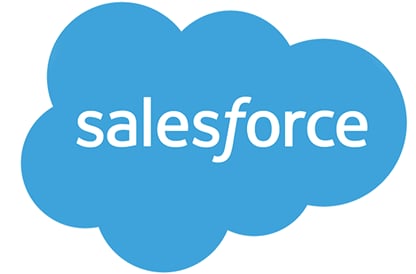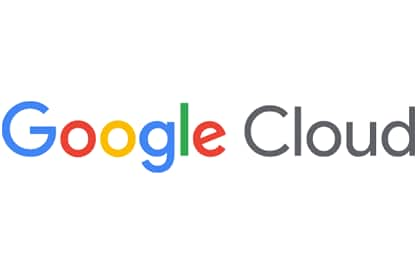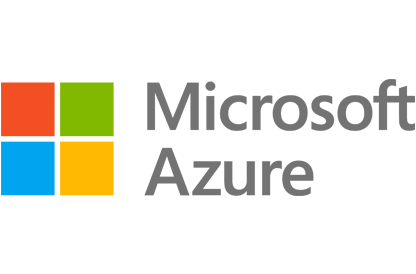“When it comes to our IT communications infrastructure, we’re agnostic and look for only the best. We don’t put all our eggs in one basket with one vendor,” noted Steve Mack, UW Manager of Telecom Operations. “We chose OpenText because it had the optimal solution and the team continues to deliver on that today.”
The search
When Mack initiated an evaluation of solutions to replace the university’s Octel system, top contenders were included in the discovery process. A number of key factors played into the decision-making. First, UW needed a solution that could easily integrate with its existing Avaya IP and digital telephony systems as well as deliver unified messaging to its mixed email landscape—Google Gmail, Microsoft Exchange, and Office 365 in the future.
The university also needed a seamless transition with minimal disruption to its 18,000 faculty and staff members who are spread across different departments in more than 200 on-campus buildings and off-site groups including research facilities abroad. The new solution also had to be robust. With UW’s extremely high call volume of up to 300,000 calls per month, the university needed scalability and resiliency. Lastly, UW wanted a comprehensive collection of advanced unified communications mobile features that could take users to the next level of productivity. When the evaluation period was completed, OpenText stood out. “Not only did CX-E meet all of our initial requirements, it was hands-down the easiest to administer,” Mack said.
Keys to success
Rather than migrate all 18,000 UW users at once, university IT staff opted to first roll out CX-E to a select campus population. Mack said there was some concern users might be resistant to change, many hadn’t touched their mailboxes in years.
The concern, however, was unfounded. “The cutover was pretty transparent. We got a lot of compliments about how easy it was,” Mack said. Thanks to the Octel TUI emulation, the transition was painless.






 University of Washington
University of Washington


